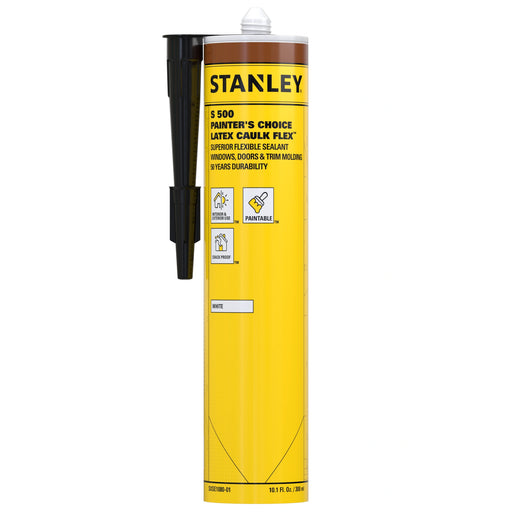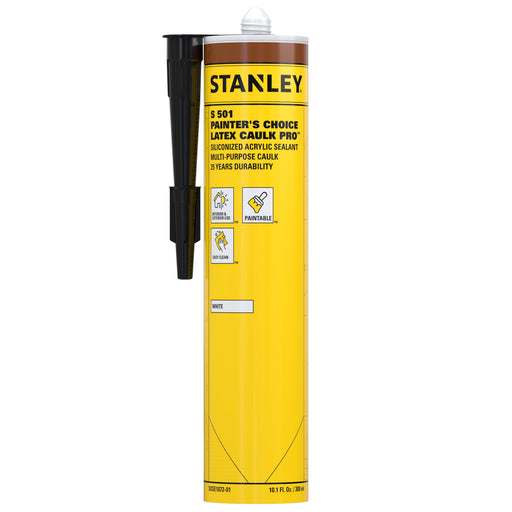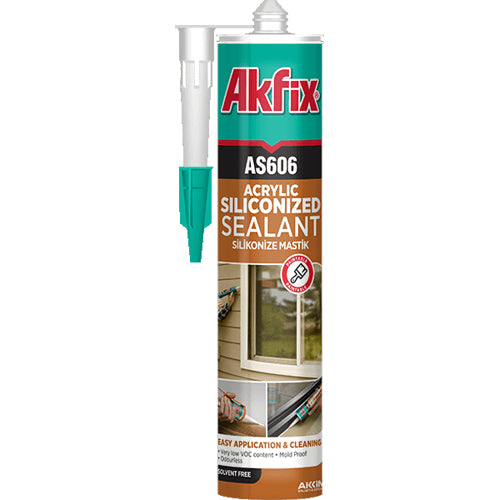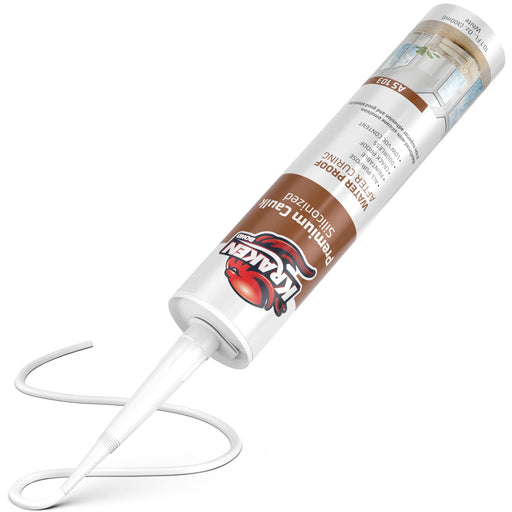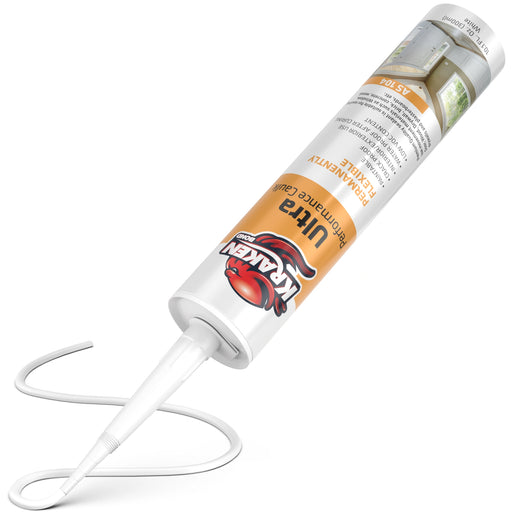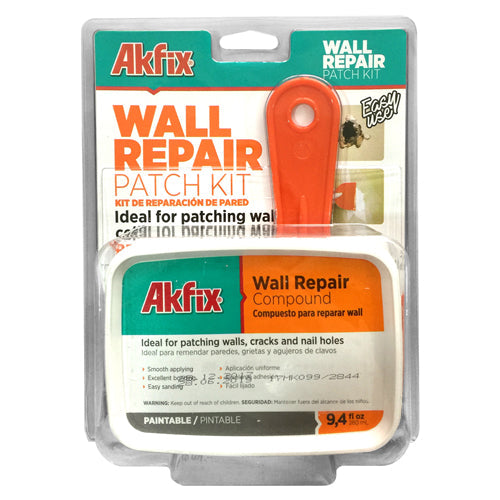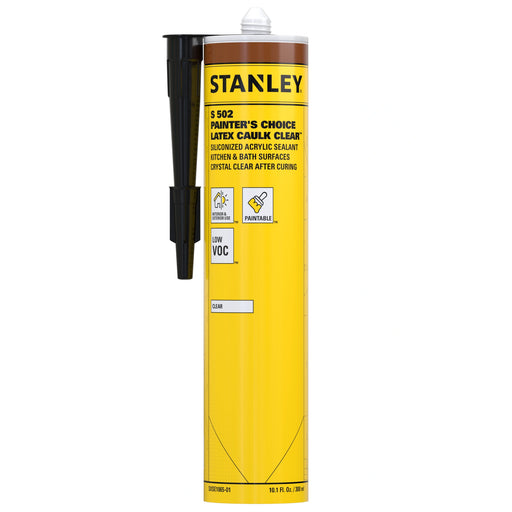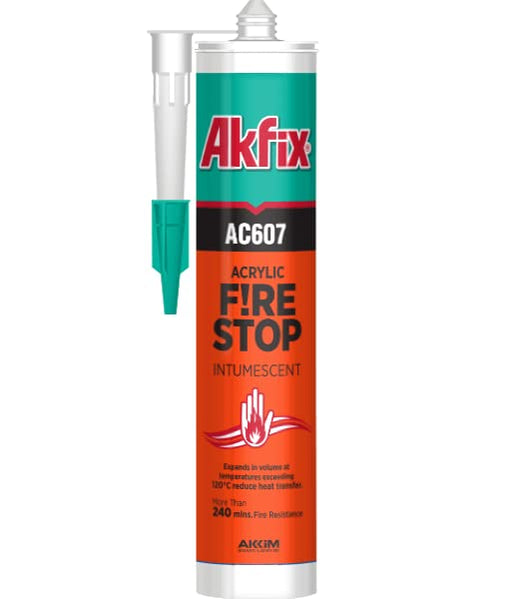Acrylic sealants provide long-lasting adhesion, flexibility, and paintability, making them one of the most widely used solutions for interior and exterior sealing. Perfect for filling cracks, sealing trim, weatherproofing windows and doors, or completing detailed finishing work, acrylic caulk offers clean application, easy water cleanup, and excellent performance on a wide range of building materials.
This category includes siliconized acrylic sealants, crystal-clear acrylic options, fire-rated acrylic sealants, painter’s caulks, and professional-grade universal acrylic sealants.
What Is Acrylic Sealant?
Acrylic sealant is a water-based, acrylic-dispersion caulk that cures into a flexible, durable, paintable joint filler. It is known for:
- Low VOC formulation suitable for indoor use
- Paintability after full cure
- Easy tooling and cleanup with water
- Strong adhesion to porous and non-porous substrates
The terms acrylic caulk and latex caulk are commonly used interchangeably in home improvement and construction work.
For more sealing options, including silicone, hybrid, polyurethane, and specialty formulations, visit our main Caulk & Sealants category.
Key Features & Benefits
- Paintable Surface: Easily paint over fully cured joints for a seamless finish.
- Waterproof After Cure: Long-term moisture resistance.
- Flexible Performance: Maintains elasticity in low-movement joints.
- Excellent Adhesion: Works on wood, drywall, plaster, concrete, brick, PVC, and more.
- Low Odor, Low VOC: Safe for indoor environments.
- Smooth Tooling: Allows professional-quality finishing results.
Common Uses for Acrylic Sealants
Interior Applications
- Filling drywall cracks
- Sealing baseboards, trim, and crown molding
- Window and door perimeters
- Corner joints and gaps
- Kitchen and bathroom finishing (non-immersed areas)
Exterior Applications
- Siding joints
- Masonry and stucco cracks
- Exterior window & door frames
- Concrete and brick gap sealing
- Weatherproofing air-leak areas
Specialty Applications
- Fire-rated joints (FireBlock & Fire Stop products)
- Clear finish applications
- Carpentry and paint-grade finishing
- Wall repair and patching
Which Acrylic Sealant Should You Choose?
Below is a breakdown of which product types are best for which applications.
General-Purpose Acrylic Caulk
Ideal for everyday interior and exterior sealing tasks.
Siliconized Acrylic Sealants (Enhanced Flexibility)
- Stanley S501 Painter’s Choice Latex Caulk Pro
- Akfix AS606 Siliconized Acrylic Sealant
- Kraken Bond Premium Siliconized Caulk Sealant
Added silicone improves elasticity and durability; excellent for windows, doors, and trim.
Clear Acrylic Sealants
Perfect for kitchens, baths, countertops, backsplashes, and areas requiring a transparent finish.
Fire-Rated Acrylic Sealants
Best for fire-resistant construction joints, barriers, and code-required fire protection.
Wall Repair Patch Kits
(Included in this category as related repair solutions)
Ideal for repairing holes, cracks, and surface defects in drywall, plaster, and masonry.
How to Apply Acrylic Sealant (Best Practices)
- Ensure surfaces are dry, clean, and dust-free.
- Apply between 41°F and 95°F (5°C–35°C).
- Maintain a 1:2 depth-to-width ratio for joints.
- Tool immediately with a wet finger or smoothing tool.
- Protect from water contact for at least 2 hours.
- Paint once the sealant is fully cured.
Frequently Asked Questions (FAQs)
What is acrylic sealant used for?
It’s used for sealing trim, filling drywall cracks, sealing windows and doors, masonry repairs, and general interior/exterior caulking.
What is the difference between acrylic and silicone sealant?
Acrylic is paintable and easier to tool; silicone offers superior long-term waterproofing for permanently wet areas.
Can acrylic sealant be used outdoors?
Yes, especially siliconized acrylic formulas that handle thermal expansion better.
Is acrylic caulk paintable?
Yes, all acrylic sealants are paintable once fully cured.
How long does acrylic sealant take to dry?
Skin forms within 10–50 minutes; full cure may take 1–7 days, depending on humidity and joint thickness.
What materials does acrylic sealant adhere to?
Wood, drywall, brick, concrete, plaster, vinyl, metal, and many other porous and semi-porous materials.
Is siliconized acrylic better than standard acrylic?
It provides greater flexibility and durability, making it ideal for windows, doors, and slightly moving joints.


